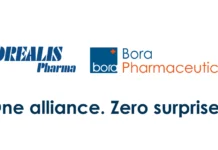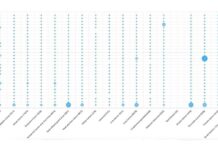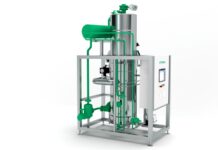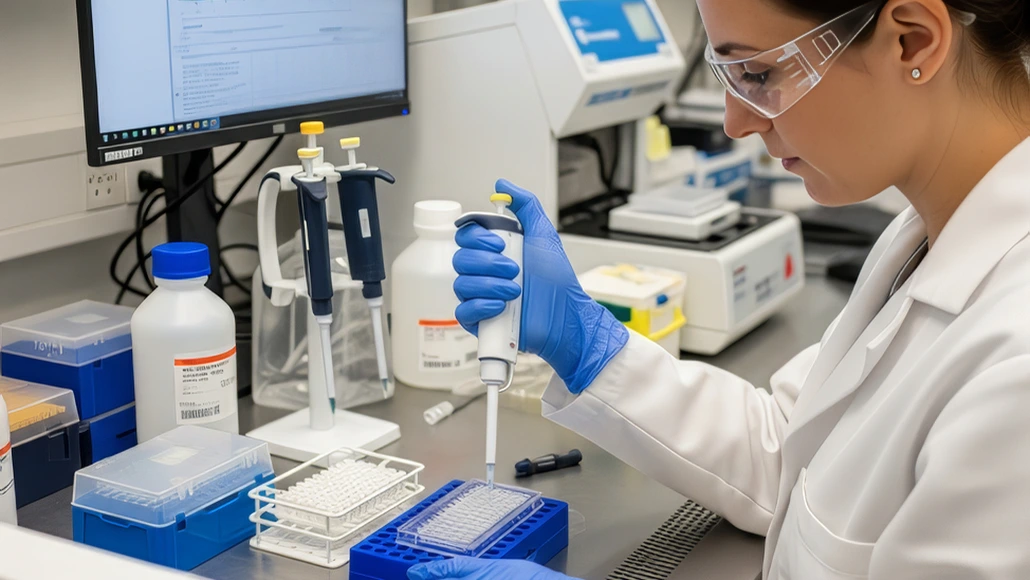The heart is a muscular organ responsible for circulating blood throughout the body. It ensures oxygen-rich blood reaches every tissue and organ and removes carbon dioxide and waste products from the body.
However, genetics, poor diet, sedentary lifestyle, exposure to toxins, and other health conditions can damage blood vessel walls, leading to clot formation and plaque buildup in the arteries.
As a result, the oxygen supply to tissues and organs reduces. This increases the chances of various cardiovascular diseases, including coronary artery disease, hypertension (high blood pressure), heart failure, stroke, and peripheral artery disease.
One of the key biochemical factors involved in these cardiovascular complications is Thromboxane A₂ (TXA₂).
What is Thromboxane and Its Role in Cardiovascular Diseases?
It is a potent lipid mediator produced by activated platelets. It promotes platelet aggregation and vasoconstriction.
When TXA₂ levels rise excessively, it disturbs the balance between clot-promoting and clot-preventing mechanisms in the circulatory system. This further leads to a higher risk of thrombosis, hypertension, and vascular inflammation.
TXA₂ has a very short lifespan because it is an unstable compound. It breaks down into a stable compound, known as TXB₂. So, scientists measure the amount of TXB₂. This helps them quantify the amount of TXA₂ in the blood sample and understand its role in the development and progression of cardiovascular diseases. They use TXA₂ rat ELISA kits to measure the amount of TXB₂.
What is the TXA₂ Rat ELISA Kit?
ELISA stands for Enzyme-Linked Immunosorbent Assay. It is a plate-based technique used to detect the presence of antigens, antibodies, and proteins in a biological sample. It relies on the antigen-antibody interactions.
The TXA₂ rat ELISA kit is used to detect and measure the concentration of Thromboxane A₂ (TXA₂) in rat biological samples such as serum, plasma, urine, or tissue homogenates. Because TXA₂ is highly unstable and rapidly converts into its inactive form, Thromboxane B₂ (TXB₂), the kit is designed to measure TXB₂ levels instead. The amount of TXB₂ directly reflects the amount of TXA₂ originally produced in the sample.
These kits are known for high sensitivity and specificity. It enables researchers to precisely assess TXA₂ production of TXA₂ under various physiological and pathological conditions, particularly those related to cardiovascular health.
What are the Applications of the TXA₂ Rat ELISA Kit in Cardiovascular Disease Research?
Study Platelet Activation and Antiplatelet Therapies
Platelets are tiny blood cells that help stop bleeding when blood vessels are damaged. However, when they become overactive, they can form unwanted clots that block blood flow to the heart or brain. This can lead to heart attacks or strokes.
TXA₂ is a key signal that makes platelets clump together. When platelets are activated, they produce TXA₂, which further promotes platelet aggregation and clot formation. Researchers can assess the extent of platelet activation in different disease states by measuring TXA₂ (or its stable metabolite, TXB₂) using an ELISA kit.
Moreover, it helps scientists test antiplatelet drugs, such as aspirin and COX inhibitors, which reduce TXA₂ production. Using the TXA₂ Rat ELISA Kit, they can check how effectively these drugs lower TXA₂ levels and prevent clot formation. This further helps develop new anti-thrombotic and cardioprotective therapies.
Atherosclerosis and Vascular Inflammation Studies
Atherosclerosis is a condition in which fatty deposits (plaques) build up inside arterial walls. This reduces the blood flow. TXA₂ contributes to this process by promoting inflammation and smooth muscle contraction in the blood vessels. It also increases oxidative stress, which damages the endothelium (the inner lining of blood vessels).
Researchers use the TXA₂ Rat ELISA Kit to measure TXA₂ levels in animal models of atherosclerosis. This helps them study how diet, cholesterol levels, or genetic factors influence plaque formation. Moreover, they can evaluate how certain drugs or natural compounds can reduce TXA₂ activity, inflammation, and plaque buildup.
By comparing TXA₂ levels before and after treatment, scientists can determine whether a therapy truly helps prevent or slow down atherosclerosis.
Hypertension and Vascular Tone Regulation
TXA₂ is also known to control vascular tone, which refers to how tight or relaxed blood vessels are. When TXA₂ levels rise, it causes vasoconstriction — narrowing of blood vessels — which increases blood pressure.
In studies related to hypertension (high blood pressure), researchers use the TXA₂ Rat ELISA Kit to measure how TXA₂ levels change in response to various factors such as stress, diet, or drug treatments. For example, high salt intake or chronic inflammation can increase TXA₂ production, leading to higher blood pressure.
By monitoring TXA₂ levels, scientists can better understand how certain treatments — like angiotensin blockers, nitric oxide donors, or COX inhibitors — help control blood pressure. This provides deeper insights into the mechanisms behind hypertension and helps design more effective medications.
The Bottom Line
The TXA₂ Rat ELISA Kit plays a vital role in cardiovascular disease research. It helps scientists explore how TXA₂ contributes to platelet aggregation, vessel constriction, and inflammation — the key factors behind many heart and vascular disorders.
However, before you use an ELISA kit for your studies, you need to find a trusted supplier. Remember, not all suppliers provide high-quality ELISA kits. As a result, you may end up having inaccurate results. So, make sure you check the reviews and reputation of the supplier before buying your kit.




















